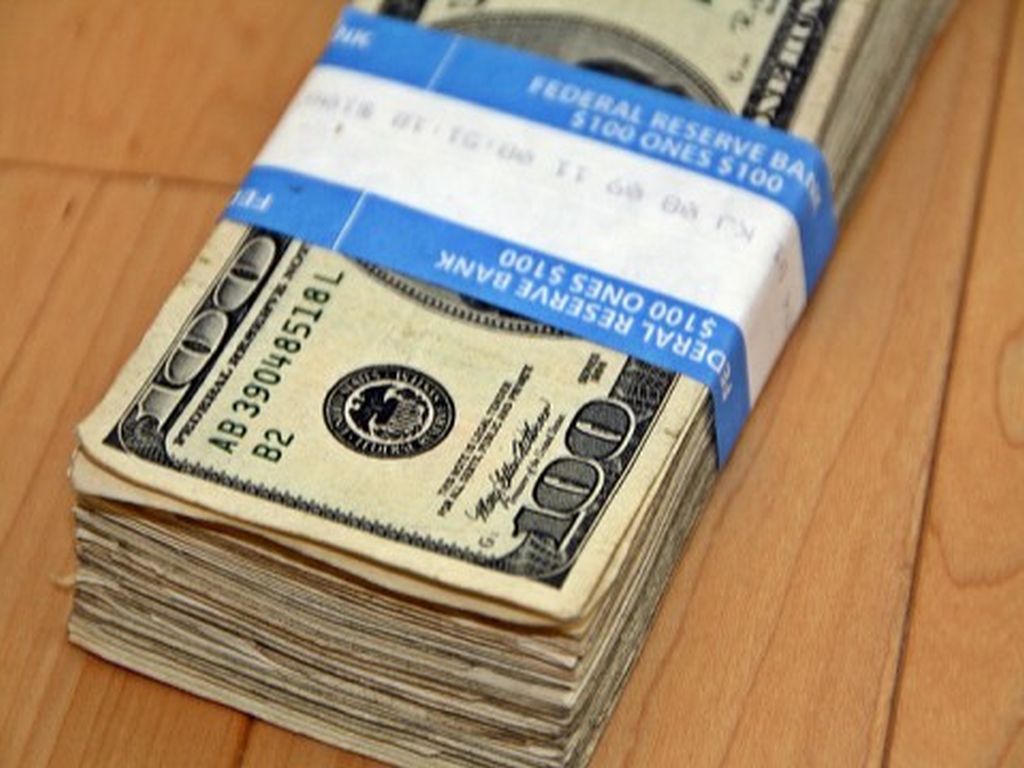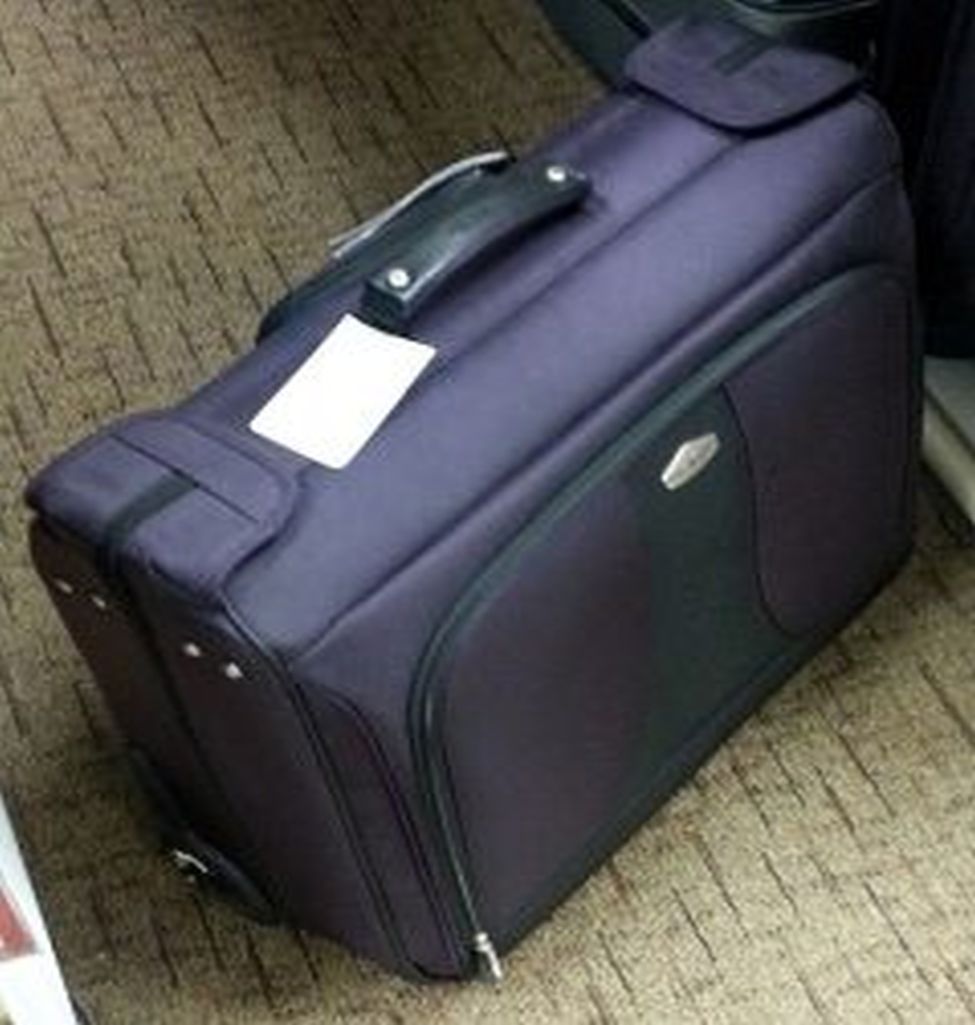Almost every organization, business and regular people rely on their checking accounts. Most of them end up having someone else have access to those account for one reason or another.

Kai Pilger from Pixabay
For businesses and organizations, the idea is to have more than one person who can sign for things in case of an emergency. Sometimes it’s to have a second person sign before certain dollar amounts can be approved or allowed to be paid.
For personal accounts, the idea is similar to that. It might be granting access to a spouse to write checks on that account to buy groceries, clothes, or supplies for the house. Often it’s a joint account where both spouses deposit money into the same account. In a way it makes sense, especially if a household only has the one checking account.
Unfortunately, setting up accounts like this can create problems that no one thought would be coming. The danger of adding someone else to an account is that they’re not a backup like many people think they are.
In essence, when you add someone to an account, even a business or organizational account, they have total access to that account if they know the account number. Even if they don’t know the account number, they can go to the bank and present their credentials, and the bank will verify that information and if they see their name on that account. If so, then they will process whatever they’re being requested to do.
It turns out banks don’t discern who the main person is whose name is on the account. If there’s more than one name, every person on the account has the ability to do what they want with the money.
This is how many companies and organizations (non-profits) end up having people steal from them. They give access to someone else whose intentions might not be honorable. Basically those other people can write as many checks as they want to. True, they’ll get caught at some point if they’re not supposed to be doing it but it might be hard to recover the funds once they’ve been withdrawn.
For personal accounts, the risks can be just as dangerous. If a couple has a falling out, even if they’re not married, and even if one person has never put any money in the account, if their name is on the bank account they can withdraw as much money and they want to and there’s no recourse except to try to sue them. The bank can’t be sued because of what we mentioned previously, but in some states suing the other party’s going to be an empty gesture.
One of our clients set up a situation that could have gone bad if he hadn’t caught it in time and made arrangements to change things up. He’d put his spouse on his mother’s bank account in case something happened to him, since his mother couldn’t handle her affairs any longer. He didn’t know until he was talking to someone at the bank that if she came in and wanted to withdraw money from the account they’d have to give it to her. He thought he was setting something up “just in case”, but banks don’t see it the same way.
Now that the foundation has been set on this topic, here are some recommendations on what could be done to minimize the possibility of problems down the line.
If it’s a large business, you pretty much need more than one person being allowed to sign the checks. However, for things like payroll, checks can be set up to have an electronic signature, and a person whose name isn’t on the account can process those checks. For all other financial transactions that have more than one person’s name on the account, there should be a monthly internal audit to verify all transactions made against the account internally and every 3 months externally.
Large businesses with million and billion dollar transactions will still miss a lot of problems if the dollar amount is low enough but they’ll at least have given due diligence to the issue. Strange as it seems, large banking systems often won’t know that they’re missing money unless an audit shows upwards of $25 million missing; isn’t that scary?
The same process should go for organizations or clubs. There should only be one person who has access to the checking account, but there should be a report of what’s going on with the bank account at least once every 3 months. What they can do as a backup, in case something happens to the person managing the bank account, is have a notarized letter listing at least two other people who would be allowed to take over the account if something happened to that person.
Personal accounts are a little more complicated, especially if there’s only one income. While it might be legitimate to have only one person’s name on the account, that would cause consternation within the family. A recommendation is to have at least two checking accounts; one for the person who’s putting in the money, the other money for family items. If both spouses are earning money then add a third bank account. It could still be problematic, but one never knows when a couple might split up and the lengths one or the other might go to hurt the other financially.
We can’t help you with the ultimate decision, but this is information everyone needs to know. How could something like this affect you? Give it a bit of thought.

